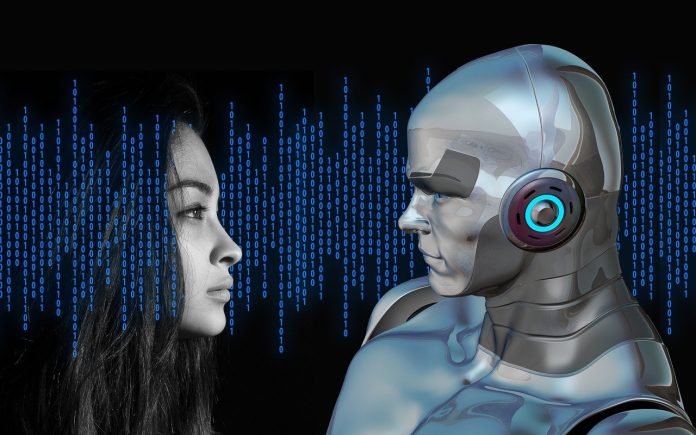[ad_1]
Beyond Science Fiction: The Reality of Autonomous Systems
Science fiction has always captured our imaginations, allowing us to dream of a future filled with flying cars, robot companions, and machines that think and act like humans. But what was once mere fantasy is quickly becoming a reality with the rapid advancement of autonomous systems.
Autonomous systems, often referred to as self-driving or intelligent systems, are machines or robots that can perform tasks without human intervention. These systems are equipped with advanced sensors, processors, and algorithms that enable them to perceive their environment, make decisions, and act accordingly.
One of the most well-known applications of autonomous systems is self-driving cars. Companies like Tesla, Google’s Waymo, and Uber have been investing heavily in developing vehicles that can navigate roads, avoid obstacles, and interact with other vehicles, all without human input. These futuristic cars are already being tested on real roads, and with each passing year, they are getting closer to becoming a common sight in our daily lives.
But self-driving cars are just the tip of the iceberg when it comes to the potential of autonomous systems. In agriculture, autonomous drones are revolutionizing the way crops are monitored and maintained. These drones can survey vast fields, collect data on crop health, and even spray pesticides or fertilizers without the need for human labor. Not only does this increase efficiency and reduce costs, but it also minimizes the need for harmful chemicals and helps preserve the environment.
Autonomous systems are also transforming industries such as healthcare, logistics, and manufacturing. In healthcare, robots can assist in surgeries, perform repetitive tasks, and even provide companionship to patients. In logistics, autonomous drones and robots can streamline warehouse operations, optimize delivery routes, and ensure packages are accurately sorted and shipped. And in manufacturing, autonomous machines are taking over repetitive and dangerous tasks, improving efficiency and worker safety.
However, the rapid development and deployment of autonomous systems also bring with it challenges and concerns. Safety is a paramount issue, especially when it comes to self-driving cars. Ensuring these vehicles can navigate complex and unpredictable situations without accidents or harm to humans is crucial. Additionally, ethical considerations must be taken into account, such as the potential impact on employment as automation replaces human jobs.
Regulation and legislation are also areas that need to catch up with the reality of autonomous systems. Policymakers must establish rules and standards to ensure the safe and ethical use of these technologies. It is important to balance innovation with responsible implementation, taking into account the potential risks and benefits for society as a whole.
Despite these challenges, the reality of autonomous systems holds great promise. From transforming transportation and agriculture to revolutionizing healthcare and manufacturing, the possibilities are endless. As science fiction becomes fact, we must embrace and navigate this new frontier, ensuring the responsible and beneficial integration of autonomous systems into our lives. The future is here, and it’s autonomous.
[ad_2]

